Leonardo da Vinci was already in his sixties when he was prevailed upon by King Francis I to move to the French court at Amboise in the Loire valley.
The King provided the Château du Clos Lucé, 300 metres from the royal Château d’Amboise – “here you will be free to dream, to think and to work”, said the king, and it was here that da Vinci was to spend the remaining three years of his life, working on perfecting his inventions, his creative mind never still.
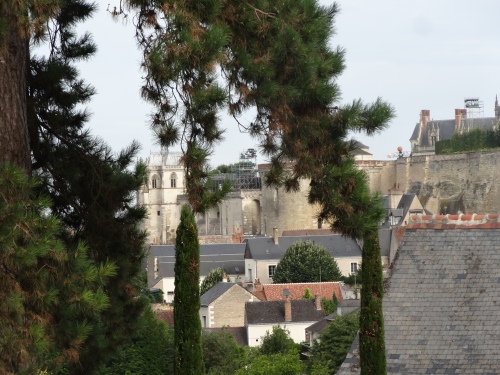
The view from da Vinci’s bedroom of the Chateau d’Amboise and the Church of St Hubert, where he was buried.
Da Vinci was a true Renaissance man, not just the artist renowned for “The Last Supper” and “Mona Lisa”, but a sculptor, engineer, inventor, architect, anatomist, botanist and creator of lavish court festivities. At Clos Lucé today, reconstructions of his many inventions have been developed from his drawings – a swing bridge, a flying machine, parachute, a development of the Archimedean Screw which pumps water uphill – all displayed in the parkland surrounding the Château.
His bedroom on the first floor looked onto the garden and onwards to the impressive fortifications and royal Castle – a view he came to love.Today, his bedroom window overlooks a reconstructed Italian-style Renaissance garden, with pond bordered by cypress trees, topiaried box and red ‘Mona Lisa’ roses.
Wandering downwards into the woodland,
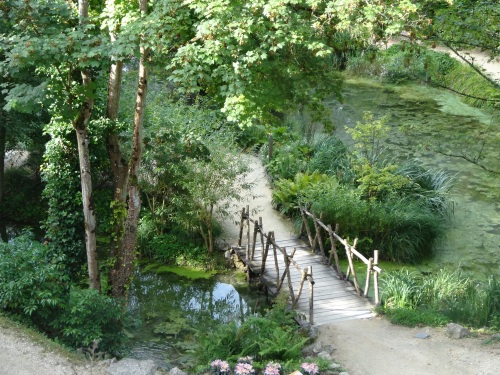 a landscape is created which brings to life his botanical drawings, as important to him as the necessity to study anatomy for his paintings.
a landscape is created which brings to life his botanical drawings, as important to him as the necessity to study anatomy for his paintings.
Mist rises from the still waters of the lake, crossed by a two-tier bridge, which Leonardo believed would help the public health in towns ravaged by the plague, with two separate streams of traffic. The reconstructed bridge took 1500 hours to complete by a dozen French Master Carpenters.
Further on, fast flowing waters remind us of da Vinci’s pioneering study of currents, whirlpools and waves, and plants are specially chosen which feature in his many sketchbooks and his paintings.
An early morning visit means we can sit awhile and absorb the atmosphere in this magical place.
Leonardo da Vinci was well aware of the symbolism of plants – lush foliage in his “Leda” symbolised fertility and columbines in his “Virgin of the Rocks” represented love.
There are pretty touches throughout the grounds:
It is said that the King valued the genius of Leonardo so much, that he visited him often via an underground tunnel linking the two Chateaux.
It is also said that he was present at Leonardo’s death, cradling his head in his arms, on 2nd May 1519.
I almost didn’t visit Clos Lucé; the queues can be off-putting. But get there near opening time and experience the calm atmosphere within and outside the Chateau. I don’t think you will regret it.
Further details of opening times and facilities here : Clos Lucé

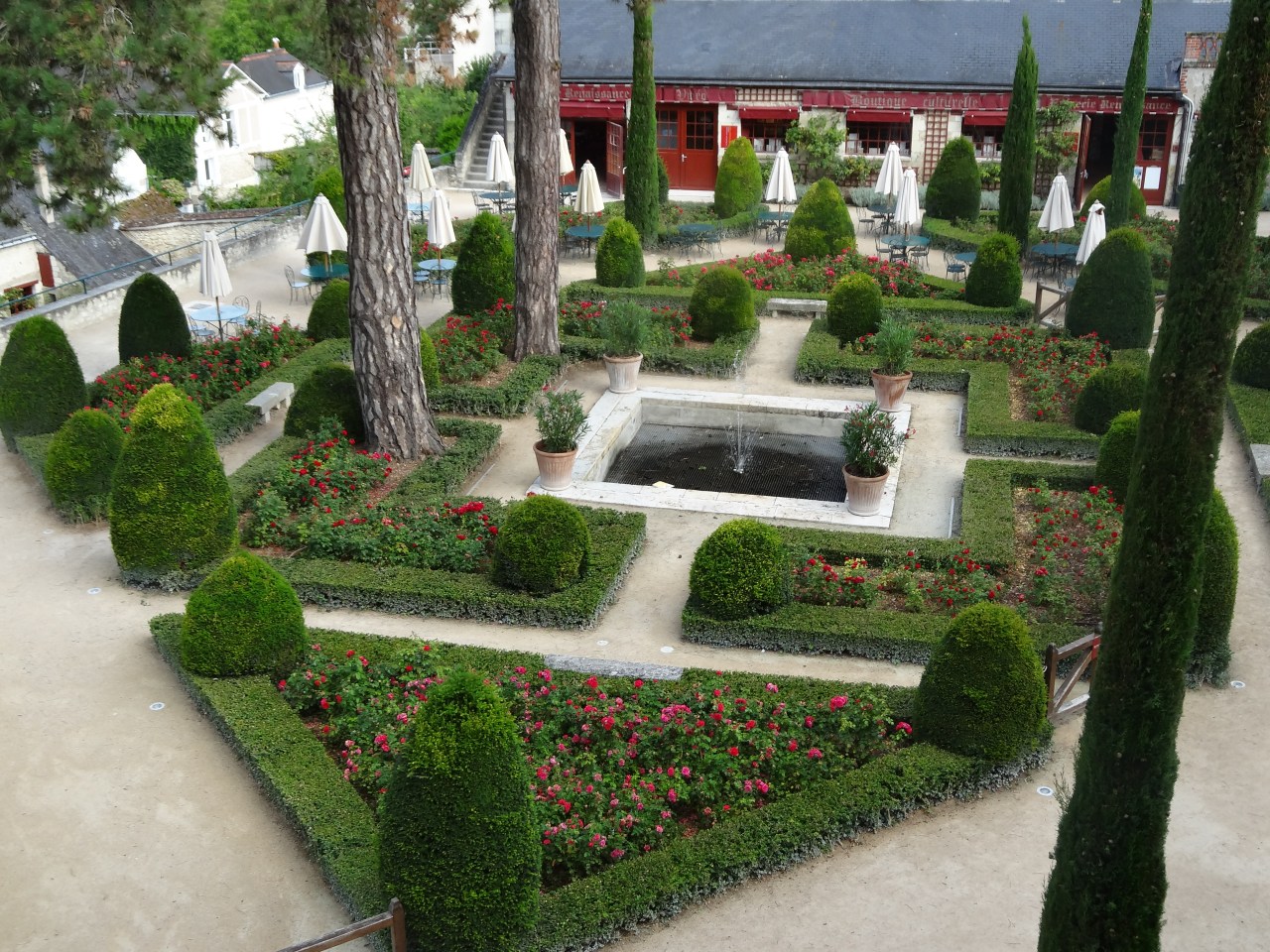
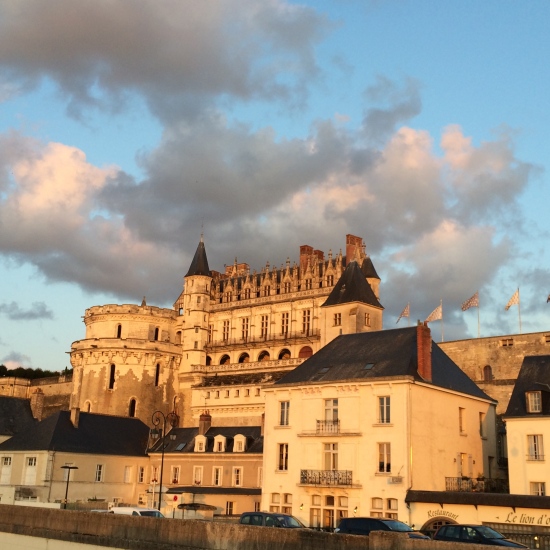
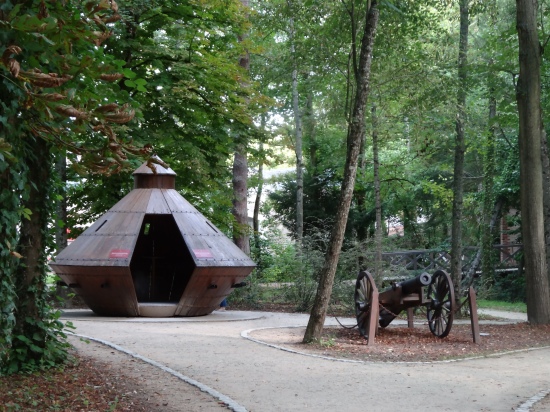
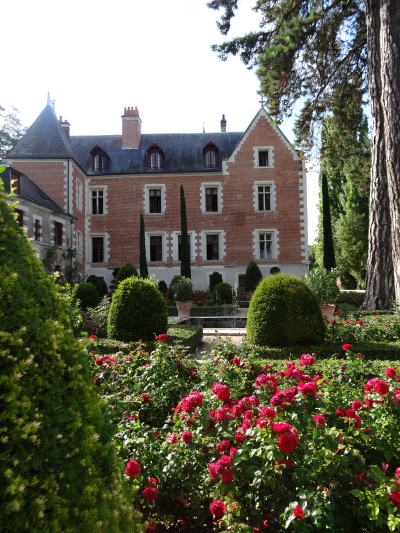
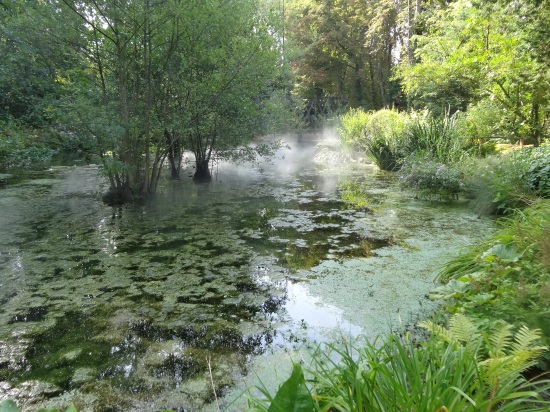
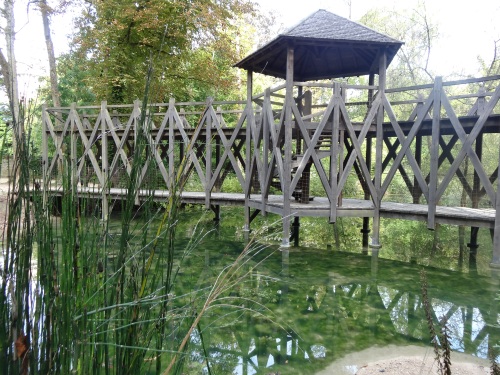
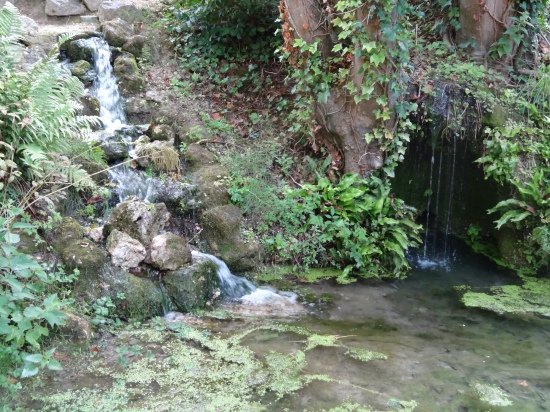
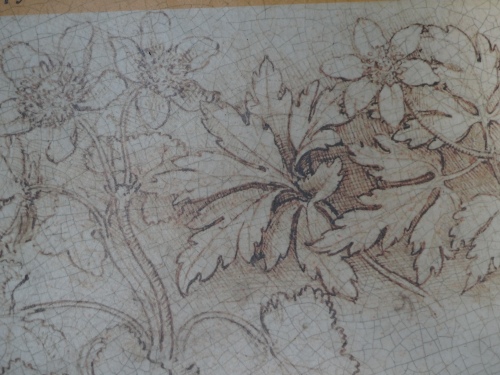




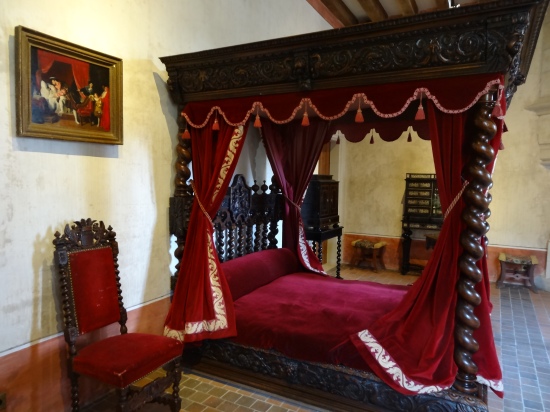
I’m pretty sure I visited there during my undergrad term abroad (in Blois)…of course, I guess I’m getting old where I can’t remember for sure. It would have been in February or early March though, so I’m sure it appeared less vibrant.
LikeLike
Yes, it’s not far from Blois, so most likely you did visit it. What a lovely area to spend a term in .. maybe as an undergrad you might not have thought so.
A lot of work has been done recently in the garden.
LikeLike
I remember it fondly, just not particularly. A lot of things are turning to mush upstairs lately. Maybe too many bug names pushing things out. 🙂
LikeLike
That sounds familiar – just plants not bugs!
LikeLike
Interesting, informative, and beautifully photographed. Thank you very much Jardin. 🙂
LikeLike
Always a pleasure, Jim, and glad you enjoyed it.
LikeLike
Breath taking! Thanks again for another wonderful tour.
LikeLike
Many thanks, glad you enjoyed it. It’s in a lovely setting & the garden is a fitting tribute to da Vinci & his creativity I think.
LikeLike
Wonderful post and photos! We were in Blois but missed these gardens. thank you.
LikeLike
Thank you so much. I probably would have missed it too but we were staying in the same street in Amboise.
So many gardens (& Chateaux) to visit in the area, full of history.
LikeLike
Your photography is impeccable as usual. Thank you for sharing your travels.Leonard De Vinici was a visionary.The woodland areas are enchanting. The double decker bridge was inspiring.
Honey
LikeLike
Many thanks Honey. I loved the woodland area most of all. Da Vinci was indeed a visionary, the exhibitions in the Chateau & in the grounds reminded me of how great his genius was.
LikeLiked by 1 person
Beautiful and interesting, I enjoyed this very much, thanks Lorna! 🙂
LikeLike
Many thanks Julie. I loved the place, so quiet and still in the early morning, and so much to explore and learn.
LikeLike
Wow, what a beautiful place, I like your photos too 🙂
LikeLike
Thanks so much – glad you enjoyed it! It was a last minute visit before travelling onwards & very glad I managed to do it.
LikeLike
Your words and photos are so interesting. I didn’t know all of this about da Vinci’s life!
LikeLike
Thanks Cindi. I was surprised too to learn that he spent his final years in Amboise.
LikeLike
A fascinating post about Da Vinci, Lorna. The house and garden are magnificent, and that bed is very ornate by today’s standards, but maybe it was quite common in those days to have four-posters. What a great artist, sculptor and inventor he was. 🙂
LikeLike
Many thanks Sylvia. I really enjoyed the visit. The Chateau belonged to the King, so four-posters would have been there, though I doubt if this is the original one… must find out.
LikeLike
What a marvelous post. Thank you very much.
LikeLike
Pingback: Visiting the Châteaux of the Loire and their gardens. | Jardin